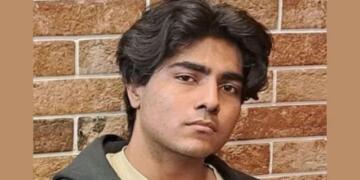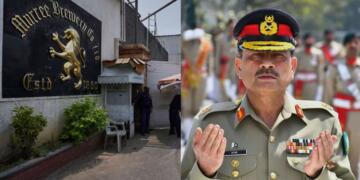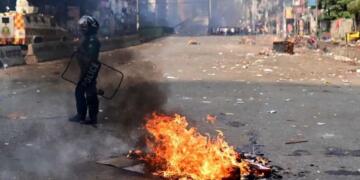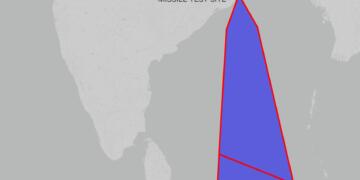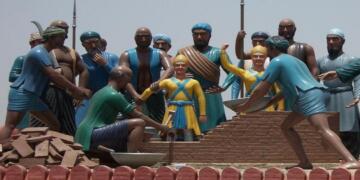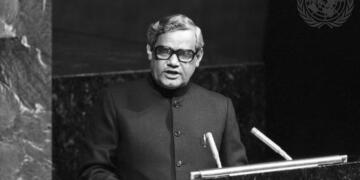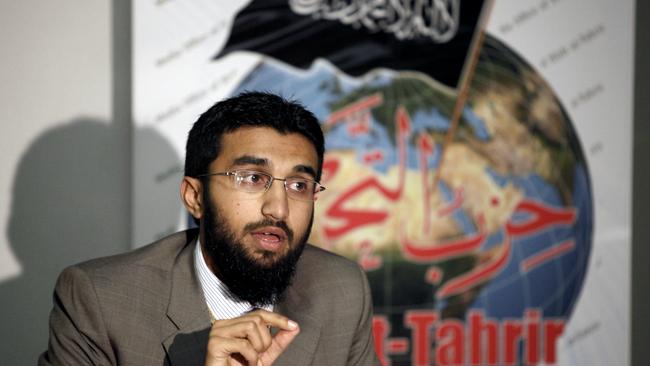Indian security agencies are assessing the threat from Hizb ut-Tahrir (HuT), a terrorist organisation already banned in India, with a base in neighbouring Bangladesh.
The agencies have been keeping a close watch on the rise of the HuT in recent months following the violent ouster of the Sheikh Hasina government and its radicalisation process.
Some time ago, two accused associated with the terror group, HuT, were arrested in India for planning terrorist acts in Tamil Nadu. India had banned the organisation last October under the Unlawful Activities (Prevention) Act, 1967 after receiving intelligence information about six terror modules.
The extent of Islamic radicalisation under Mohamed Yunus can be understood by the fact that last December, Nasimul Gani, one of the founding members of Hizb-ut-Tahrir was appointed as the home secretary by the Bangladeshi interim government.
In May 2023, a meticulously coordinated operation by multiple Indian security agencies, including the Intelligence Bureau, the Anti-Terror Squad of Madhya Pradesh, and the Counter Intelligence Wing of Telangana, successfully exposed covert networks associated with Hizb ut-Tahrir.
Terror cells infiltrating educational and vocational institutions in Madhya Pradesh and Telangana were part of these networks, which forcibly converted and married individuals from the Hindu community.
The initial phase of the operation resulted in the apprehension of eleven suspected Hizb ut-Tahrir members in Bhopal and Chhindwara, Madhya Pradesh, along with five individuals in Hyderabad, Telangana.
After the fall of the Sheikh Hasina government in Bangladesh, the Yunus Government has been constantly highlighting its Islamist approach by honouring people associated with terrorist organizations. Gani’s appointment came a month after the Yunus government appointed Mahfuz Alam as the state adviser. Alam, who spearheaded the Islamist protests that led to the undemocratic ouster of Sheikh Hasina is also associated with the terrorist organization HuT.
According to reports, HuT, along with Jamaat-e-Islami, Islami Andolan, and Ansarullah Bangla Team took over the claimed student protest in Bangladesh that forced Hasina to leave the country in August 2024.
The real intent and radical and extremist face of the HuT was exposed in Bangladesh in July this year during the protest movement against the then Prime Minister, Sheikh Hasina. Notably, Sheikh Hasina banned the HuT in 2009. However, the HuT has continued its underground activities and has become a potent radical force that can destabilise the region.
It is suspected that terrorists of HuT may try to expand their operations into India now that they have alleged patronage and protection of the interim government of Yunus in Bangladesh.
The organisation has been targeting India for the past several years and is alleged to have orchestrated a protest outside the Indian High Commission in London against the abrogation of Article 370 in August 2019. In December 2020, the Madurai police registered a case against Mohammed Iqbal, who was allegedly in touch with the HuT operatives (along with ISIS) through digital media.
HuT was established in Bayt ul-Maqdis (Syria) nearly seven decades ago in 1953 by Sheikh Sheikh Taqi Al-Din Al-Nabhani, a Palestinian radical activist and Shariat judge in the Jerusalem appeals court. He was the chief ideologue and the permanent leader of the HuT till 1979, besides being a member of the Muslim Brotherhood. Among other founders of HuT were Haled Hasan, leader of the Palestinian organisation Fatah, and Asaad Tahmimi, the spiritual leader of Islamic Jihad.
The HuT holds an extremist position, protects Islamic terrorists, and makes a fervent appeal to all Muslims of the world “to rise” for sacred jihad against “faithless people”.
In the early 1990s, the HuT aimed at establishing a theocratic single Islamic Caliphate incorporating all five Central Asian republics, along with the Muslim-dominated regions of Russia, China, and the northern Caucasus, which consequently spread to the Indian subcontinent in the latter period
The HuT relies on underground meetings rather than public speeches. The voice of the HuT became prominent last year following Hamas’ attack against Israel on October 7, 2023, and Israel’s ensuing onslaught in Gaza. The HuT followers organised a rally in the UK in support of Palestine, where a supporter even chanted Jihad against infidels.
A 2006 research thesis by Frank Schneider, titled ‘Hizb ut-Tahrir: A threat being a legal façade?’, published by the Naval Postgraduate School Monterey, California, reveals that HuT formally announced its political interest in Bangladesh since the elections in 2001.
The group started to critique the government, and preferred an Islamic caliphate in the country that observes the rules and regulations of the sharia.
The Hizb ut-Tahrir recruits members by scouting public and private universities. Its leaders often address serious issues of globalization, imperialism, and economic systems, in the process screening the participating students for potential members.
It got a fillip when the Muslims protested the Danish cartoons featuring Prophet Muhammad. The HuT demanded that several foreign embassies in Bangladesh be shut down and their ambassadors expelled. They organized demonstrations in capital Dhaka and cities including Chittagong, Sylhet, Khulna, and Rajshahi.
The intensified activities of Hizb ut-Tahrir in India necessitate urgent and comprehensive counter-terrorism measures. Strengthening intelligence-sharing mechanisms between states, enhancing cybersecurity capabilities, and closely monitoring educational institutions are crucial steps.
Regionally, the situation demands heightened vigilance, as the group’s activities transcend state boundaries. Effectively addressing the cross-border implications of Hizb ut-Tahrir’s presence requires crucial collaboration among Indian states and also with neighbouring countries.


